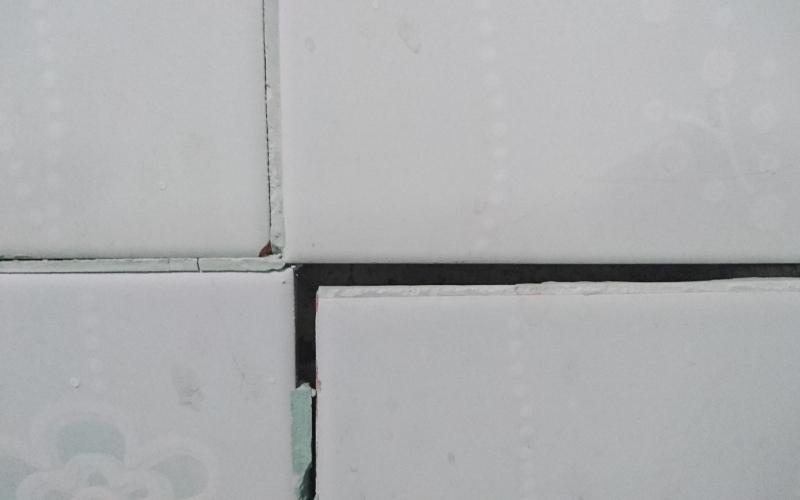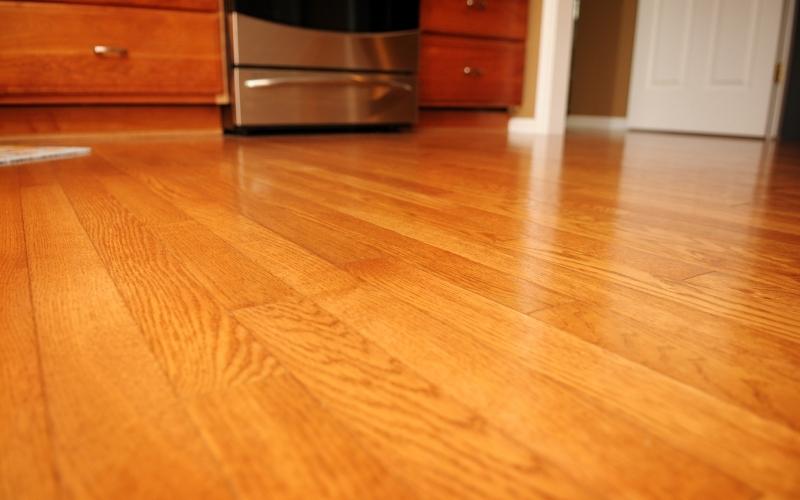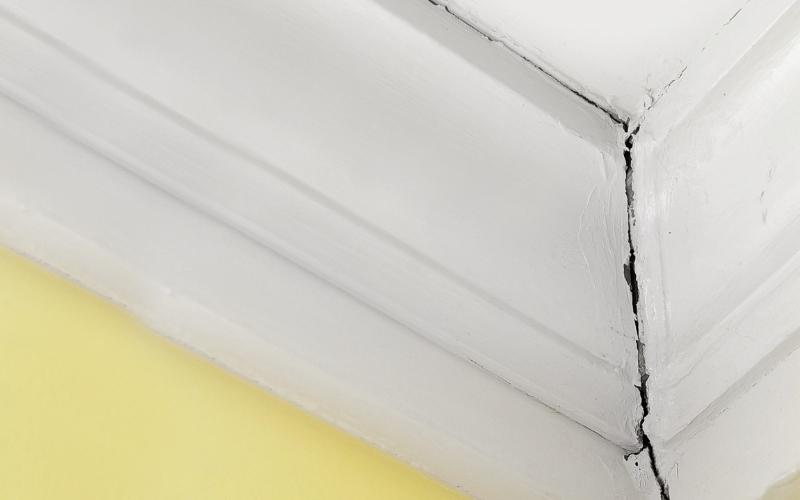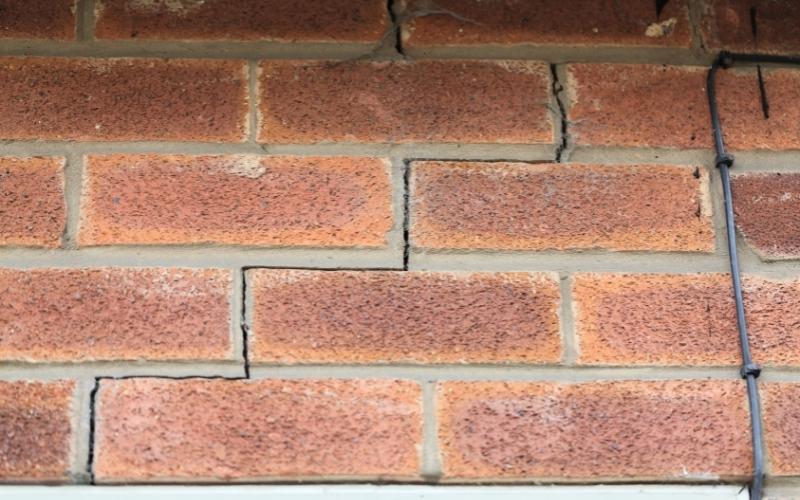Structural movement is the term used to describe the amount of movement a building or structure undergoes and includes both horizontal and vertical movements. Horizontal movements refer to the side-to-side movement of a house. Vertical movements refer to the front-to-back movement of a home. All properties experience some form of structural movement, though not all movements are equal. If you’re buying a house and you’re concerned about structural movement, there are things you can do to minimise the risk.

What Are The Signs Of Structural Movement?
There are many signs of structural movement that you can look for. Some of them include doors or even windows not closing properly, cracks in the plaster, cracks in brickwork and render or cracks in wall tiles. You may also notice that walls bow or bulge and uneven floors. They may be slanting, or they may seem warped. Nail pops or bulging nail heads from the wall is another cause for concern.
What Causes Structural Movement?
Most houses are built on a foundation that supports the weight of the house and keeps it from sinking into the earth. Depending on the type of home and its design, a home could have a concrete slab foundation, or in the case of a classic Queenslander, the stumps form the foundation. A house on a concrete slab foundation is less likely to move than one on a crawlspace or sloped foundation, as concrete is stronger than dirt or soil.
House foundation movement can occur when a house is built on soft soil or weak bedrock. Soil can expand and contract with temperature changes, heavy rain or long periods without rain. Soil can push against the foundation and cause it to shift. Erosion and even vibrations from a nearby road or development site can move the foundation. In Queensland, most homes are built on clay soils which experience expansion and contraction during dry and wet seasons. It’s essential that homes in Queensland have the necessary protection for these subsidence events.

Which Structural Movement Should I Worry About?
While the structural movement is a normal process that all houses go through, it is essential to take steps to ensure that you’re not purchasing a structurally unsound home. Problems like subsidence can be a cause for concern.
Is subsidence dangerous? Yes, it can be. Subsidence is a gradual sinking of the ground surface. Natural erosion, changes in water levels, and human activity can cause subsidence. Subsidence may not sound like a big deal, but it can cause severe structural damage over time. In addition to cracks in the foundation, subsidence can cause the roof to cave and the house to shift. Even if you’re looking to buy a home with minor subsidence, have a licensed building inspector like Safeguard Inspections do a thorough check.
You may see the signs of movement, but do you know the cause? Many different variables cause a house to move. We will check the property for you to determine if any of the signs of structural movement are concerning. We will check the construction practices and whether the house is up to code. It’s a good idea for homeowners to regularly inspect the condition of their homes and take action if they notice any signs of structural movement.

Should I buy a house with cracks in the walls?
A couple of cracks in a wall are not a sign of subsidence, and it’s more likely that the cracks result from your ceiling or walls swelling over time due to a temperature change. It is common for homes to show cracks in plastered walls after the plaster dries out. Cracks of more than 3mm in width and diagonal are much more of a concern. If in doubt, book a building inspection.
What Are The Risks Of Buying A House With Signs Of Structural Movement?
As we’ve mentioned, not all structural movement is equal. Where some structural movement poses no concern, there’s movement that could turn into severe subsidence problems in the future. This can be dangerous and lead to an unstable property; it can also mean an expensive repair down the track and the potential that you cannot sell the property.
Reducing your risk comes down to knowing as much as you can about a property before you buy. At Safeguard, we carry out thorough inspections and accompanying reports for you to make the best decision on a property purchase. The inspection will allow you to factor in extra costs down the track. It’ll provide you with information to negotiate or help you decide to pull out of the purchase altogether. Structural movement can be minor or severe; not having it checked isn’t worth the risk.
